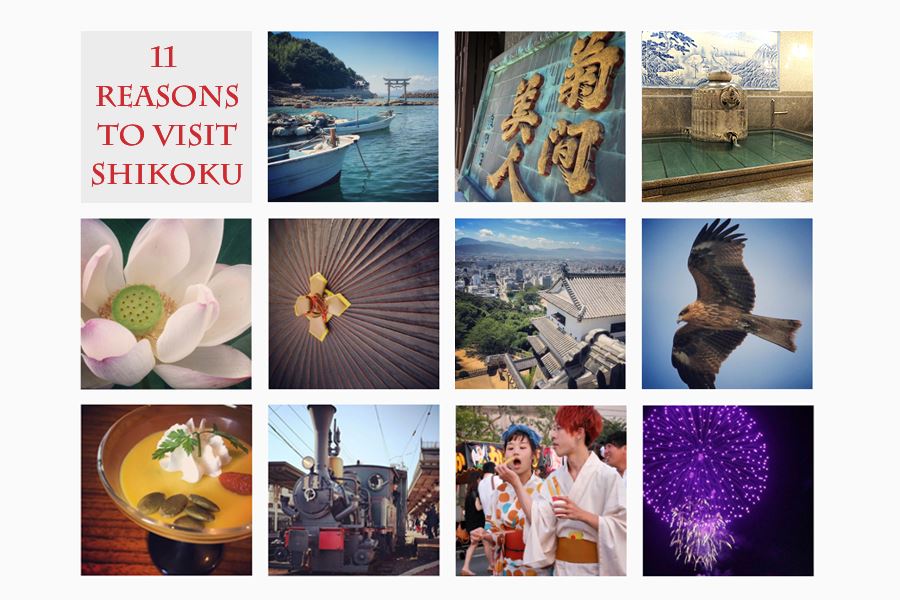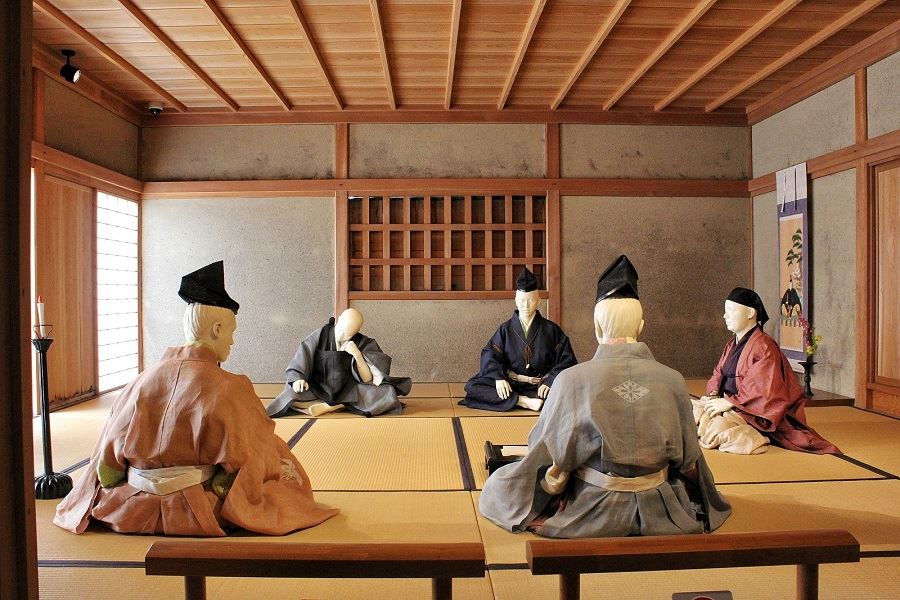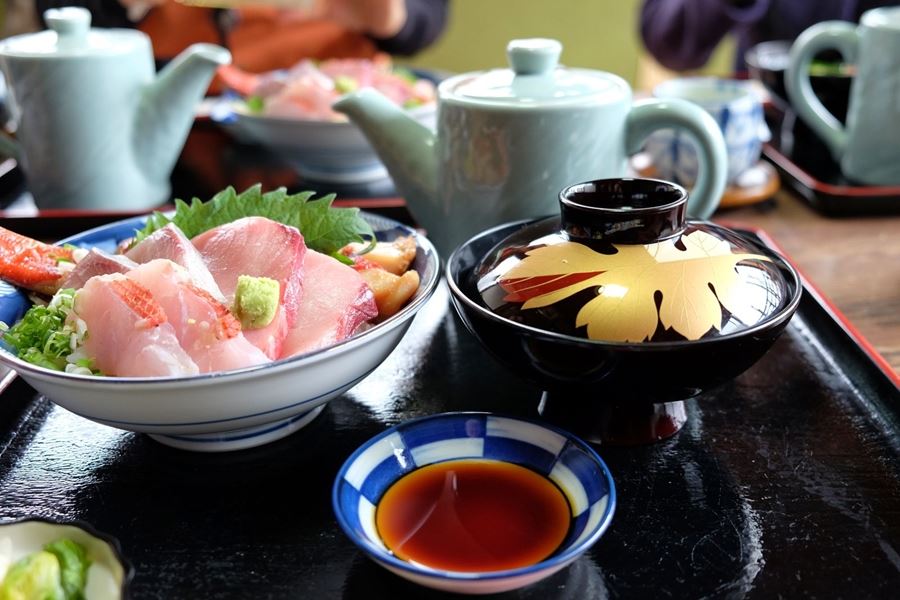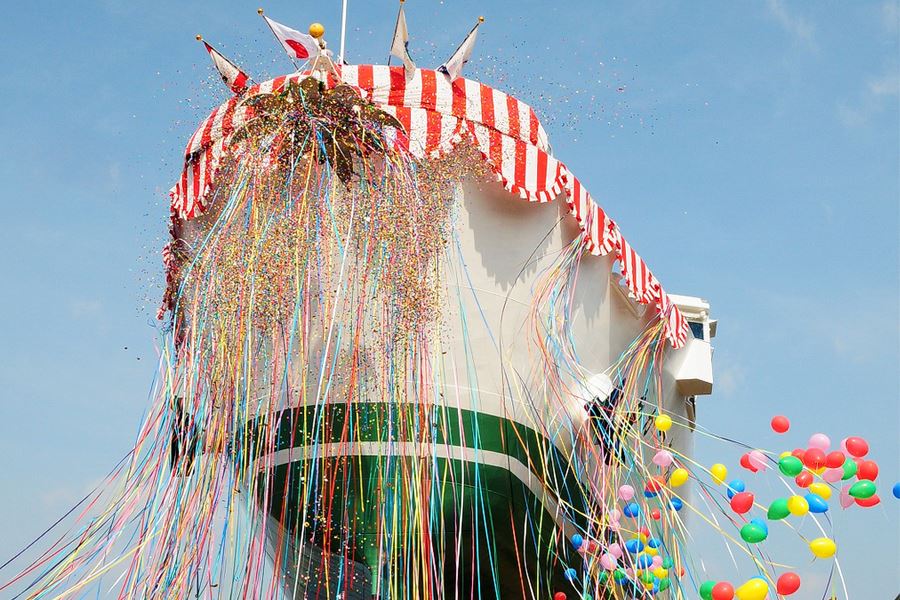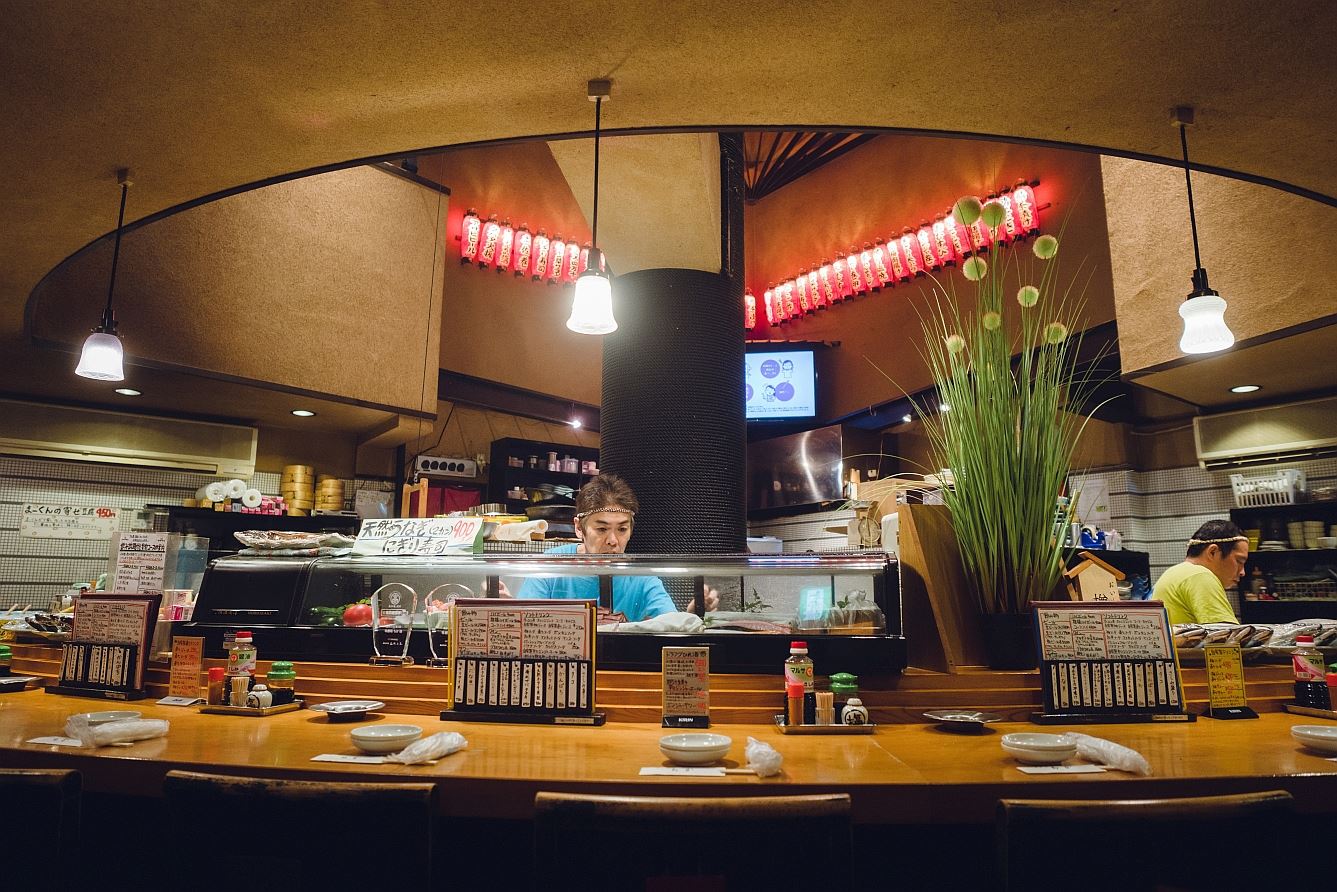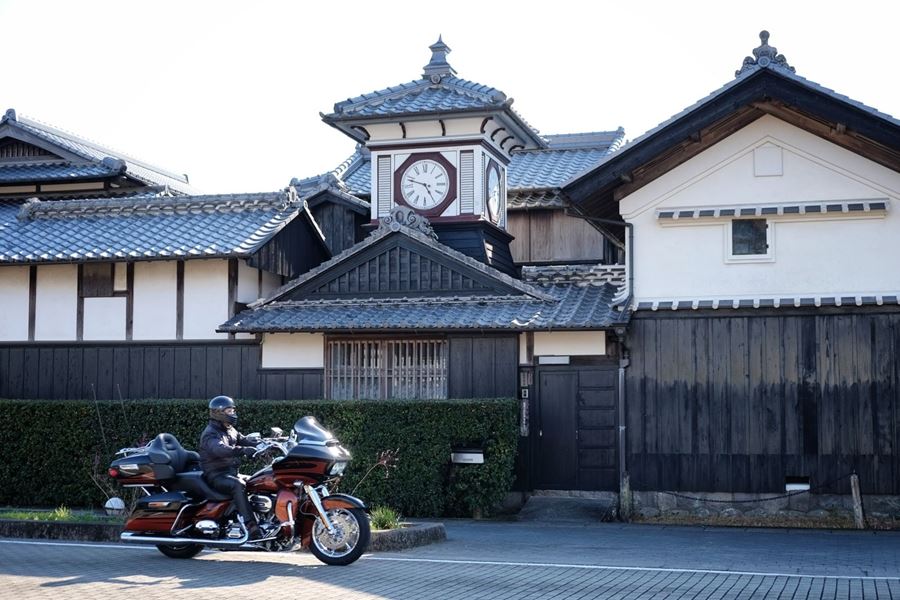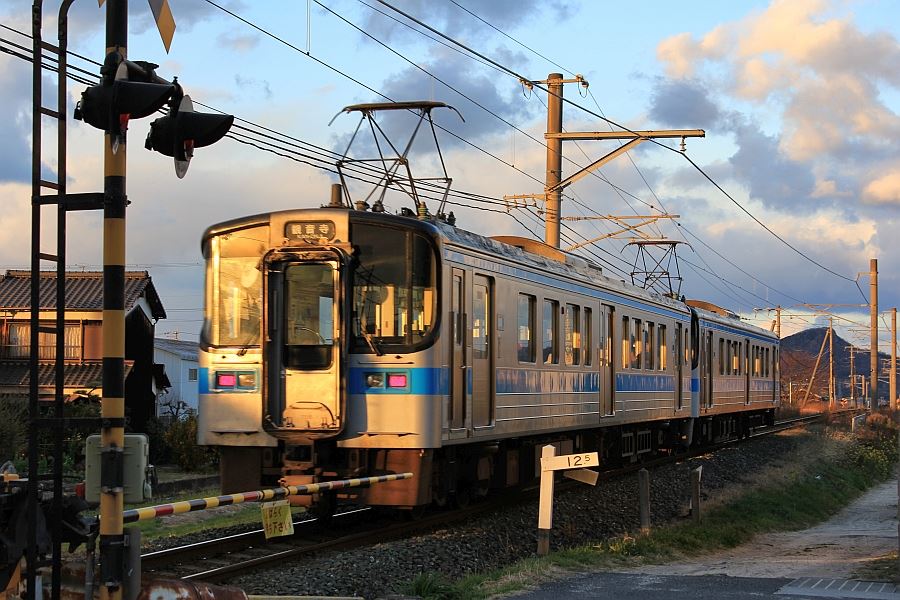Imabari Textiles and Towels
Home » Imabari Textiles and Towels
Imabari Textiles and Towels
Located in the north-western tip of Shikoku in Ehime Prefecture, Imabari has been manufacturing towels for over 120 years, and textiles for even longer. The city is the largest producer of towels in Japan, and today ‘Imabari Towel’ is one of the world’s favourite brands, recognized by its truly inspired logo. The sun in a red sky, setting over the Inland Sea, represents the ‘i’ of Imabari.
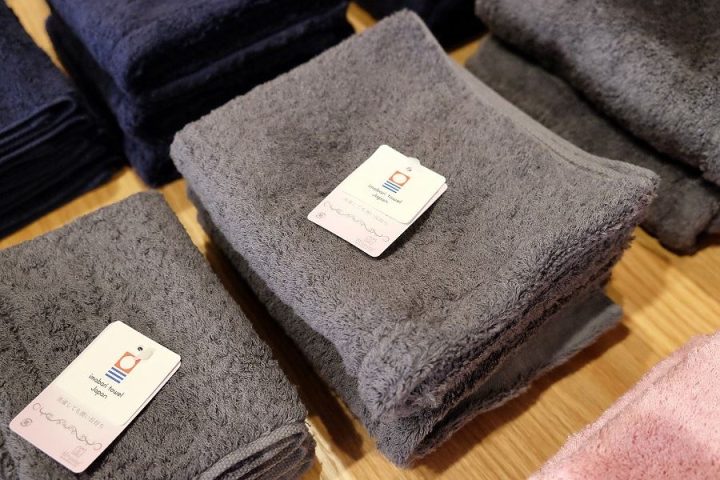
With a range of mountains at its back, Imabari benefits from an abundant supply of pure water. The water is soft, meaning it contains few minerals, which makes it ideal for bleaching and dyeing fabrics. This results in towels that are soft to the touch with clear, bright colours, and high absorbency. Water used to produce towels is cleaned using high-tech treatments, then released into the sea, ensuring that Imabari Towel preserves the environment that enables their production.
Naturally, Imabari Towel products include the bath towels and facecloths found in homes and hotels. But the brand also extends to towel fabrics for interior goods and fashion, especially scarves in myriad colours and patterns.
The towels are made by numerous manufacturers, large and small, using a mixture of modern and traditional technologies. All manufacturers must produce towels that meet the exacting standards published by the Shikoku Towel Industrial Association.
Kobo Oriza in Tamagawacho uses 100-year old looms made by the company that became Toyota. Their little factory is open to visitors. It smells pleasantly of grease and cotton, and the various old looms make a merry clacking racket as they weave the scarves in which the company specializes. A separate building houses old pedal-powered looms. Visitors are invited to use the looms to make their own scarves. Maintaining a steady leg pace is crucial, but surprisingly difficult – too fast and the shuttle loses control, too slow and it stops. Needless to say, owning a scarf you wove yourself is very satisfying. When I had a go, company president Masatoshi Takeda was full of praise. “Have you done this before? You can come and work for us if you like”. There’s also an attractive log-cabin shop where you can buy ready-made towel scarves.
On an entirely different scale is the Ichihiro Towel Museum in Asakura. It’s an imposing building in a style that can best be described as “modern Japanese château”. Inside, you quickly realize that the familiar words “towel’ and “museum” have been interpreted very broadly. It’s arguably more “textiles” and “shop”.
The museum part or “gallery” fills an immensely long room. There’s an exhibit showing the towel-making process from start to finish, from raw cotton, through spinning, and weaving on an automatic loom. Doubling back, there’s another long room with a 40-meter long towel on one side, and some dioramas made of towelling on the other. Another room features a wall of 1,800 spools of thread, and various artworks made of towel.
The Scandinavian Moomin is much in evidence since the museum has a license agreement with that particular character. It’s fair to say that Moomin and towels are an agreeable and fitting combination. There are three floors of shops selling everything from towels to clothing, with a large area dedicated to other produce of Ehime.
Outlets for Imabari Towel can be found throughout the area. Texport in Imabari has a wide selection of towels and clothing, with a fascinating exhibit of antique looms. Iori, a maker of the brand, has beautiful shops in Dogo Arcade and Ropeway Street in Matsuyama. The fluffy towels are arranged temptingly on wooden rails around the walls. Picking just one or two is a real challenge.
For people who have difficulty choosing exactly the right towel, Imabari has thoughtfully instituted a ‘towel sommelier’ system to make the experience as comfortable as an Imabari Towel.
To plan a tour of the area, use our handy enquiry form.
Related Tours

Experience the most beautiful and interesting temples of the Shikoku Pilgrimage in seven days.

A tour for families or friends, staying in the most characterful kominka and ryokan of Shikoku.

Visit the most beautiful and interesting temples of the Shikoku Pilgrimage and walk the toughest trails.

